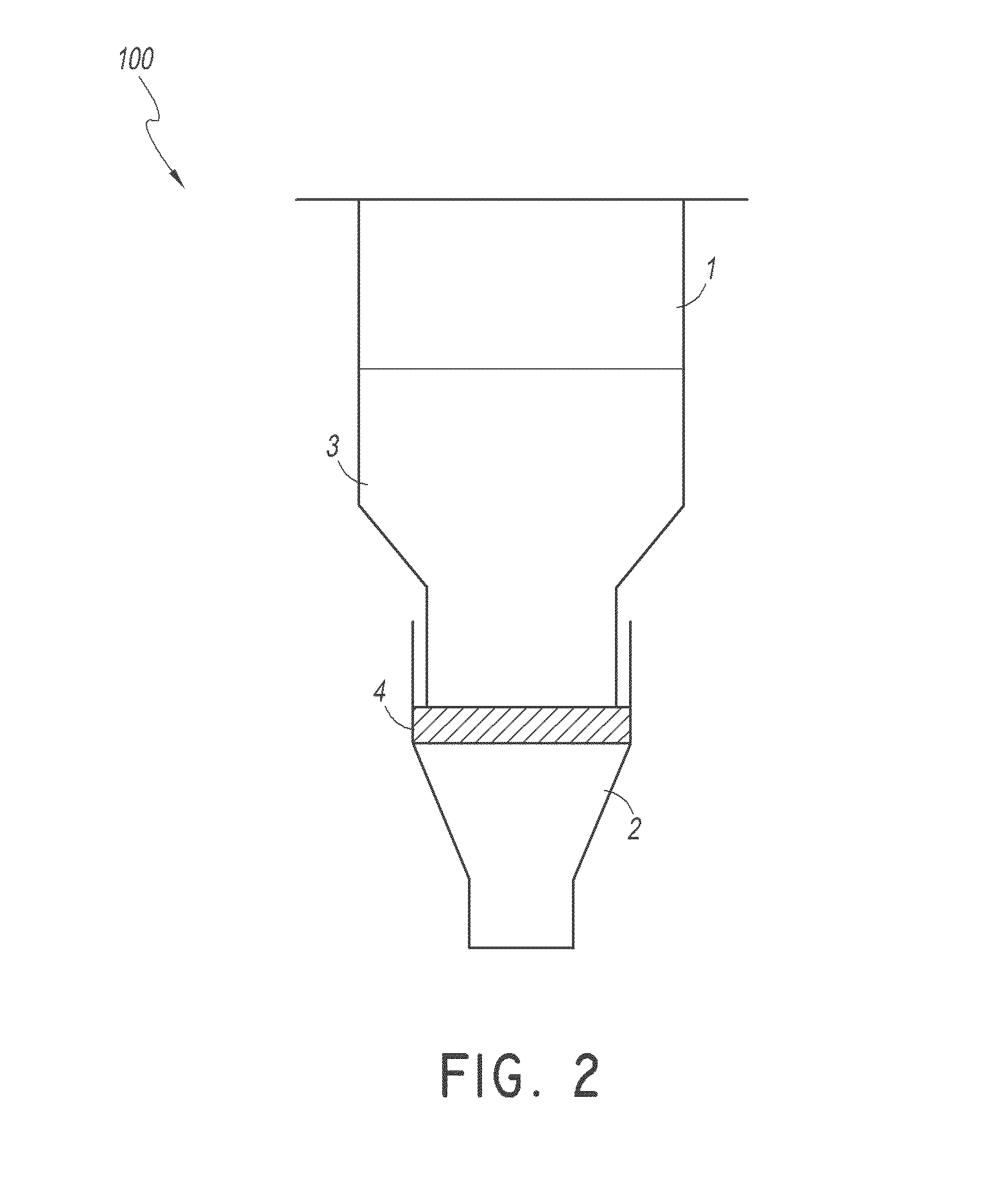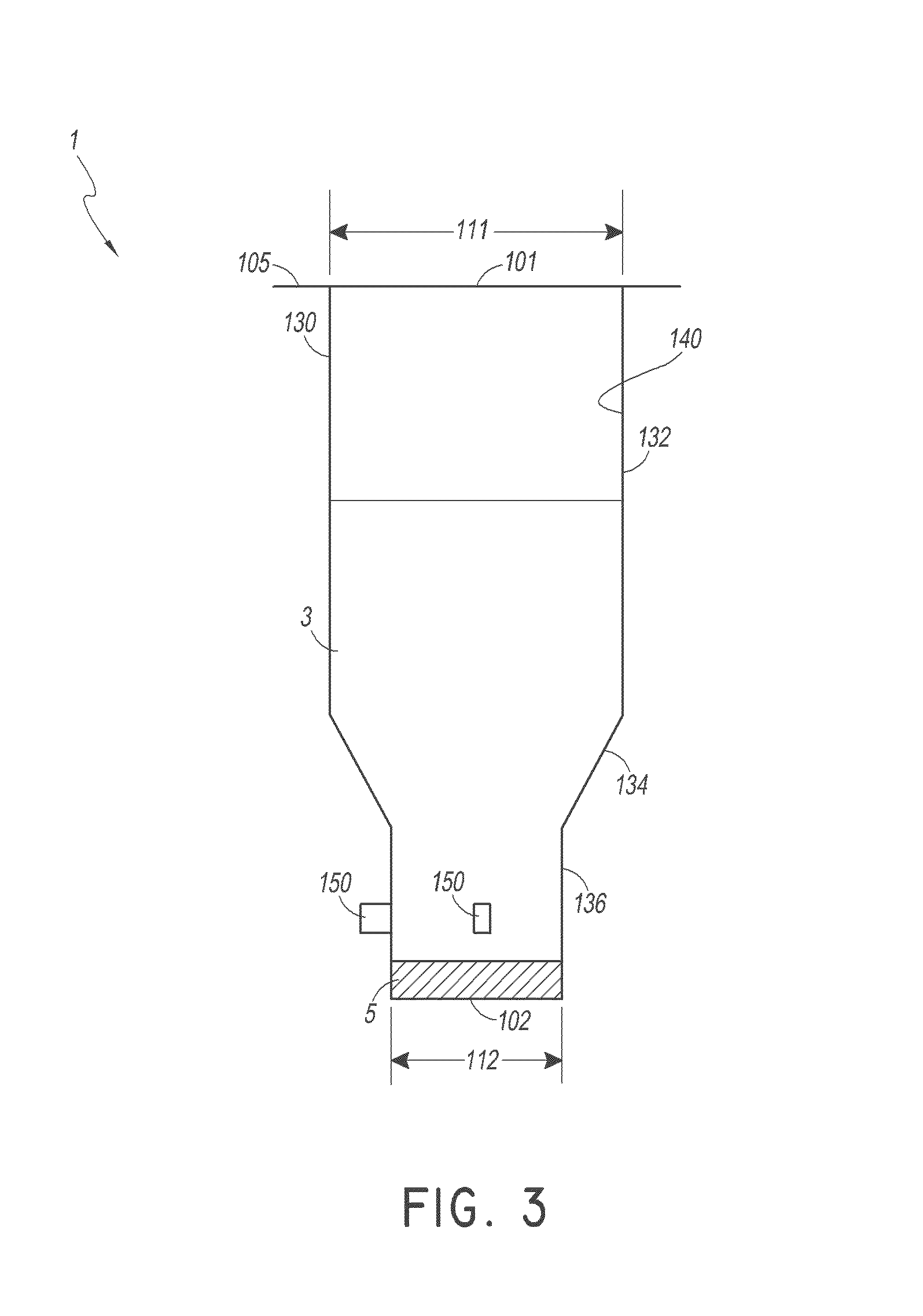Methods for assessing status of post-transplant liver and determining and administering specific treatment regimens
a technology for liver and liver transplantation, applied in bio laboratory glassware, chemistry equipment and processes, etc., can solve the problems of transplants still posing the risk of rejection of the transplanted organ or tissue by the recipient, the possibility of infection of the transplanted organ and/or the rejection of the organ by the recipien
- Summary
- Abstract
- Description
- Claims
- Application Information
AI Technical Summary
Benefits of technology
Problems solved by technology
Method used
Image
Examples
example 1
Assessment of Post-Transplant Liver Condition
[0117]As discussed above, transplanted organs are subject to numerous potential clinical problems, including but not limited to rejection, infection, relapse of original disease, drug toxicity, etc. Early diagnosis and differential diagnosis are important for the timing of treatment as well as the choice of appropriate drugs and / or drug combinations. Clinical symptoms are often non-specific in nature and do not allow of accurate diagnosis. Biopsy provides a definite diagnosis, but is invasive and generally cannot be routinely performed. The present example demonstrates how the methods disclosed here allow for improved assessment of liver condition post-transplant.
Methods
[0118]In some cases, after a liver transplant, bile is collected for several days (or up to a few weeks) after surgery. In most cases drained bile is considered a medical waste, however the methods disclosed herein advantageously employ this “waste” as a source of informat...
PUM
| Property | Measurement | Unit |
|---|---|---|
| diameter | aaaaa | aaaaa |
| diameter | aaaaa | aaaaa |
| diameter | aaaaa | aaaaa |
Abstract
Description
Claims
Application Information
 Login to View More
Login to View More - R&D
- Intellectual Property
- Life Sciences
- Materials
- Tech Scout
- Unparalleled Data Quality
- Higher Quality Content
- 60% Fewer Hallucinations
Browse by: Latest US Patents, China's latest patents, Technical Efficacy Thesaurus, Application Domain, Technology Topic, Popular Technical Reports.
© 2025 PatSnap. All rights reserved.Legal|Privacy policy|Modern Slavery Act Transparency Statement|Sitemap|About US| Contact US: help@patsnap.com



